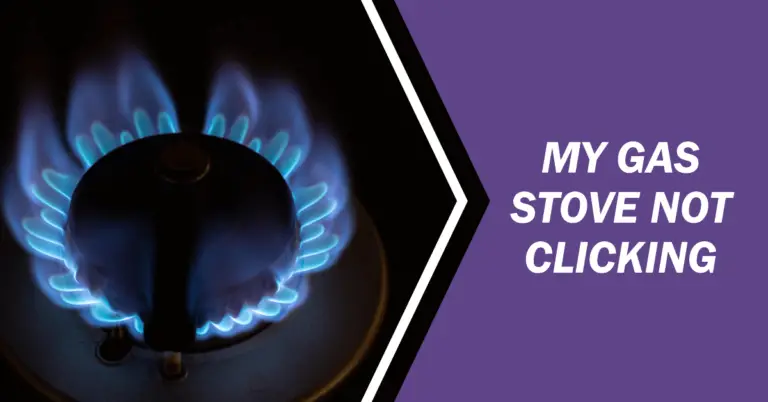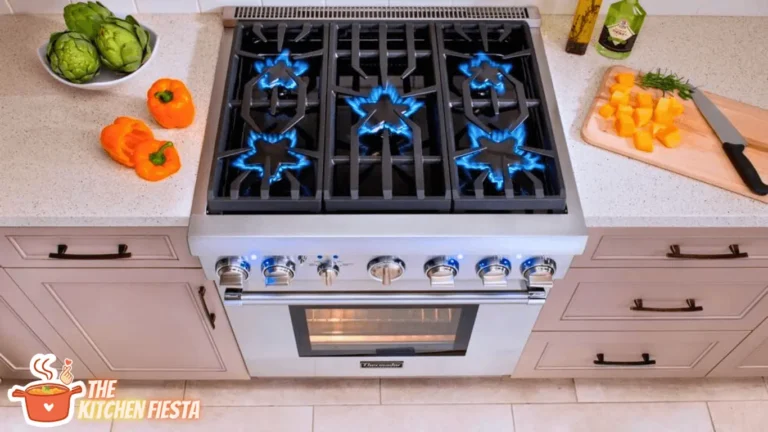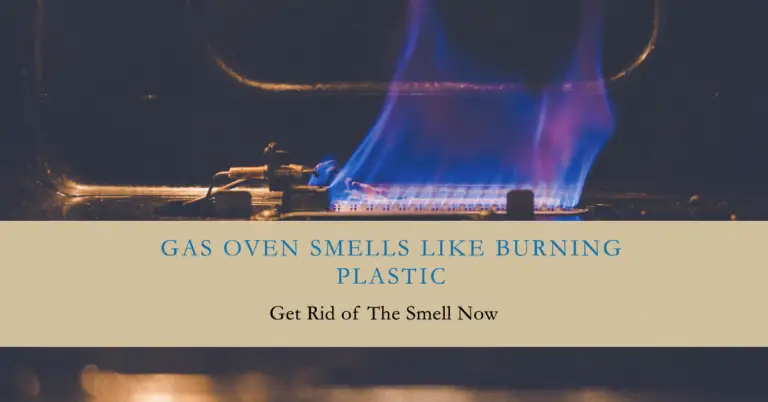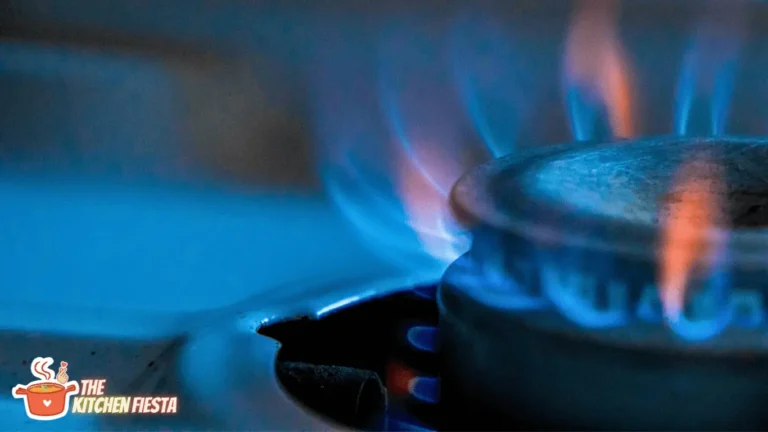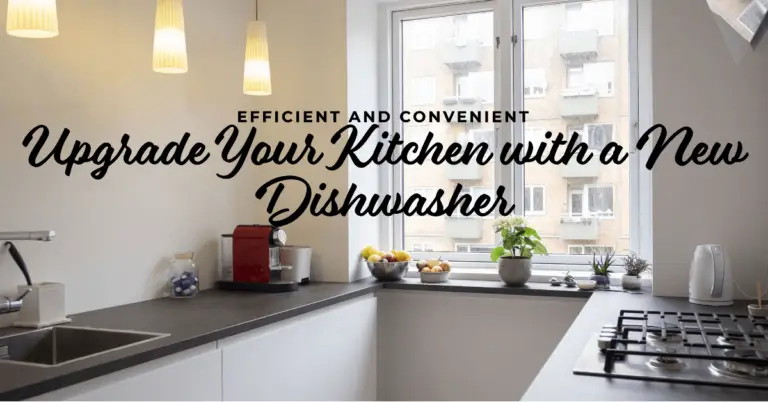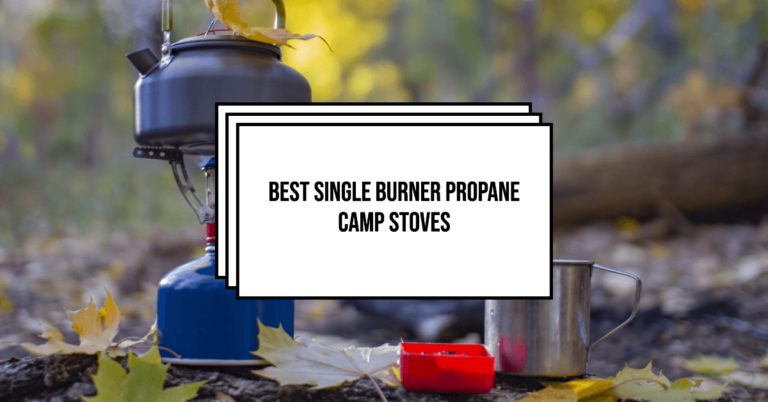Steel vs Glass Gas Stove: Which Material is Better for Your Kitchen?
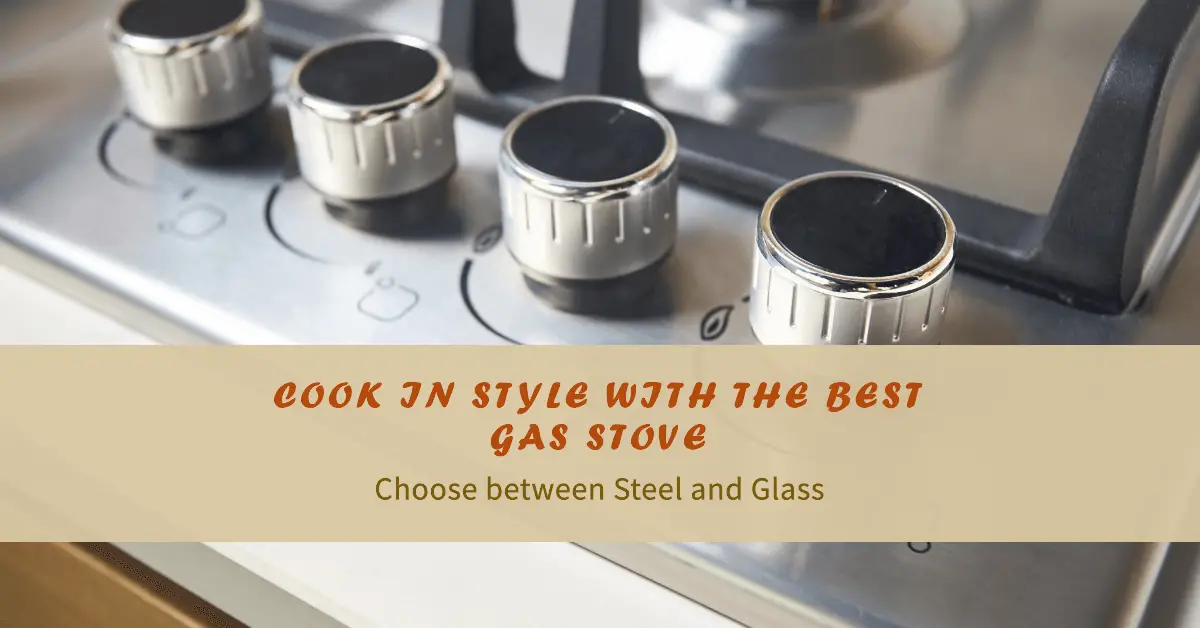
If you’re in the market for a new gas stove, one of the biggest decisions you’ll need to make is whether to go for a model with a steel or glass cooktop. Both materials have their own sets of pros and cons when it comes to cooking performance, ease of cleaning, durability, and style.
So which is better – steel or glass? In this comprehensive guide, we’ll compare steel and glass gas stove cooktops across all the factors that matter so you can decide which material is the right fit for your kitchen and cooking needs.
How Do Steel and Glass Gas Stoves Compare for Cooking Performance?
The cooking experience is where you’ll notice the biggest differences between steel and glass stove cooktops. Let’s look at how the two materials stack up in key areas like heating ability, temperature control, and burner output.
Heating Ability and Temperature Control
Steel heats up quicker than glass and retains heat extremely well. This gives steel gas stoves an edge when it comes to searing, browning, and stir frying. You can get wok-hot temperatures for charring vegetables or searing steaks.
Glass cooktops take longer to heat up initially. But once hot, they distribute heat more evenly across their surface. This makes them less prone to hot spots.
For temperature control, steel allows you to make more precise, rapid adjustments during cooking. If a recipe calls for adjusting the temperature up and down, steel makes that easier.
Glass tends to hold onto heat longer after you turn it off or down. This makes glass gas stoves slower to adjust temperatures. For dishes that need consistent, even heat, this can work well. But glass isn’t ideal if you’ll be changing temperatures a lot.
Burner Power and Output
When it comes to burner power, steel stovetops have the advantage. Steel can withstand extremely high BTU outputs above 20,000 BTUs for bringing large pots of water to a rapid boil. Professional-grade steel gas stoves can have up to 25,000 BTUs.
Glass cooktops can’t handle such high levels of concentrated heat without cracking or shattering. Most glass stove burners max out below 15,000 BTUs. This lower, more even heat makes glass better suited for delicate cooking rather than intense searing.
For professional chefs or avid home cooks, the high power burners and responsive temperature control of steel makes it better for cooking performance. But glass stoves are no slouch – their even heating works great for most kitchens.
Cleaning and Maintenance: Is Steel or Glass Easier to Keep Clean?
No one wants to scrub their stovetop for hours after cooking up a storm. Let’s look at how steel and glass gas stoves compare when it comes to cleaning.
Removing Spills, Messes, and Baked-On Grime
Glass cooktops have the advantage when it comes to wiping away spills and sauces. After cooking, food spills can be removed with mild cleaner and a paper towel once the glass cools down. Messy spills don’t have as much chance to bake onto the smooth surface.
Steel requires a bit more elbow grease to remove stuck-on spills, crumbs, and grease. Burnt food residue needs scrubbing with cooktop cleaner to lift it from the steel’s porous surface. For anyone who hates scrubbing, glass makes cleanup after cooking much easier.
Smudges, Prints and Daily Cleaning
Here’s an area where steel shines over glass (pun intended). Steel’s darker, opaque finish hides minor smudges, fingerprints, and dust better between deep cleanings. You don’t have to wipe down steel as meticulously to keep it looking presentable.
But glass shows every single smear, print, and speck of dust. It almost constantly looks like it needs wiping down. For glass stovetops to stay looking immaculate, expect to give them a daily once-over.
Effort for a Deep Clean
For a major deep cleaning, steel cooktops require a bit more exertion to lift staining and burnt residue. But robust cooktop cleaning sprays and tools are designed to cut through the toughest grime on steel.
Glass also needs strong cleaning products to deal with etched on grime. But its smooth, non-porous surface doesn’t hold onto stains as stubbornly overall. A good deep cleaning returns glass to its original condition without as much abrasive scrubbing required.
If you find cleaning therapeutic and don’t mind the daily wipe-downs, opt for glass. But for lower maintenance cleaning between deep scrubs, steel hides light grime better.
Durability and Lifespan: Which Holds Up Better Long-Term?
You want your gas stove to last for many years of cooking. Durability is important because replacing a broken cooktop gets expensive.
Overall, steel wins for durability thanks to its rugged, resistant surface:
- Steel holds up extremely well to daily wear-and-tear. It won’t scratch, cloud or stain permanently when pots and pans are slid across it. You don’t have to baby steel as much.
- Glass is more delicate and prone to permanent damage. It can get micro-scratches and abrasions over time that can’t be removed. Harsher cleaners can also stain and cloud glass surfaces.
- Steel shrugs off extreme heat from hot cookware better than glass. Glass can crack under sudden temperature extremes.
- Steel is very resistant to chips, cracks and dents from dropped pots. Glass can shatter if impacted.
So while glass looks gorgeous when brand new, its pristine condition requires more careful handling to maintain over many years. Steel’s ruggedness makes it the more heavy duty, lifelong option.
Style and Design: Glass for Modern, Steel for Classic
The look and feel you want for your kitchen is also important to consider. Here’s how steel and glass gas stoves differ aesthetically:
- With its reflective, light-colored surface, glass makes a contemporary design statement. It creates a sleek, modern look popular in newer kitchens.
- Steel has a more subtle, classic appeal that fits well with traditional kitchen styles. Its darker hue and matte finish help it blend in.
- Glass stovetops make kitchens seem brighter and more open. Food and flames are visible through the surface.
- Steel is better if you don’t want your burners and cookware visible. It hides everything happening on the stovetop.
- Fingerprints and grime show up more on glass. Steel’s dark color helps hide marks between cleanings.
So glass makes the bigger aesthetic impact if you want your stovetop to stand out. But for understated classic beauty, steel’s modest style holds its own.
Steel vs Glass Gas Stoves: Which Should You Choose?
So which is better, steel or glass? Here are some final tips for deciding:
- For serious home chefs, steel is the best choice thanks to its high heat capabilities, responsive temperature control, and ruggedness.
- If easy cleaning is top priority, glass makes spills and splatters wipe away with less effort. Just prep for daily wiping.
- Families with kids or forgetful cooks are better off with durable steel that withstands the inevitable accidents and bangs.
- Those wanting a bright, contemporary kitchen get more flair from glass. But steel suits traditional styles well.
- Compare prices between steel and glass models with similar features to help decide. Glass often comes at a premium.
No matter which material you select, always choose a gas stove from a reputable brand known for quality construction. With proper care, both steel and glass stovetops can provide many years of cooking enjoyment. Give some thought to your family’s habits and style preferences as you weigh steel vs. glass. And of course, closely compare cooktop specs and pricing before you take the plunge. Enjoy finding your perfect gas stove match!
In Conclusion
When choosing a new gas stove, deciding between steel and glass cooktops brings advantages and compromises. For superior searing, wok cooking, and durability – steel excels. But glass offers effortless cleaning and a sleek modern aesthetic. Consider how you cook and clean before picking the best material for your kitchen. Weigh heating performance vs easy maintenance. And let your style preferences guide you towards classic steel or contemporary glass. With the right expectations, you can enjoy delicious results and visual appeal.

